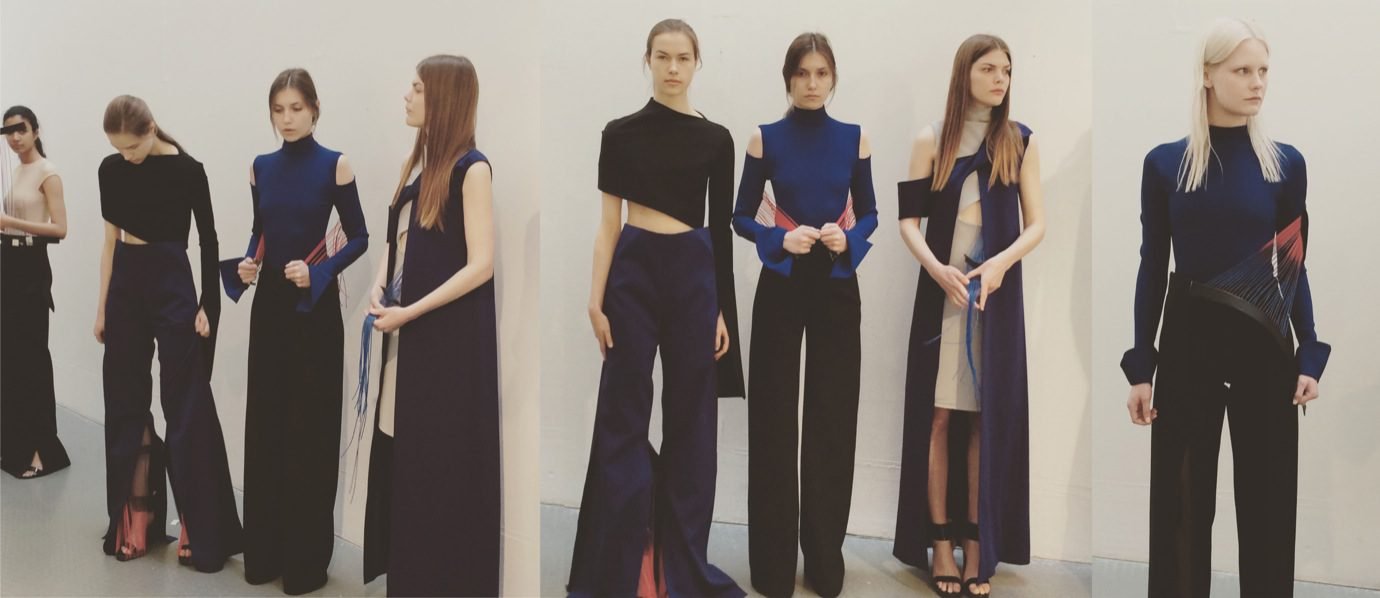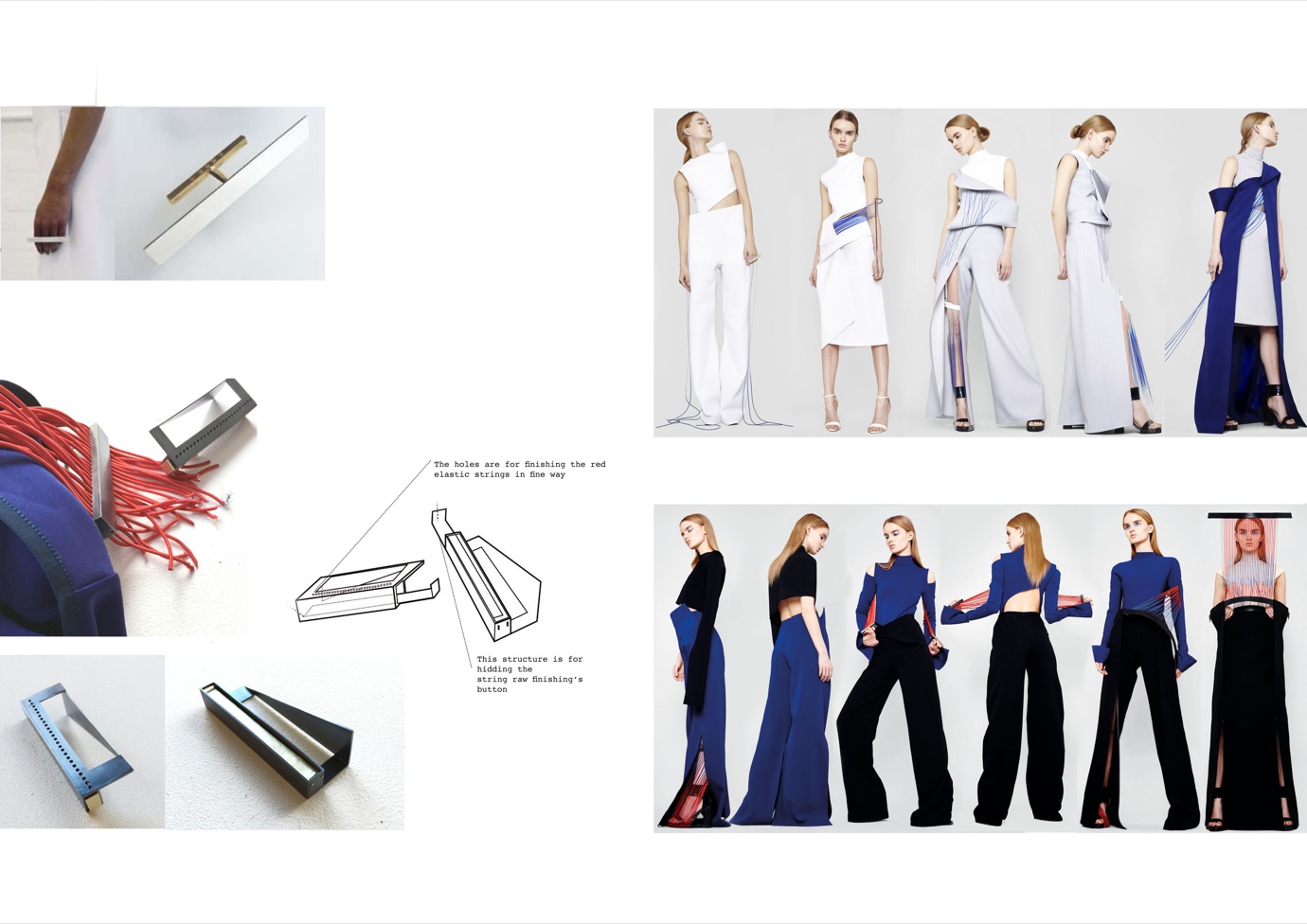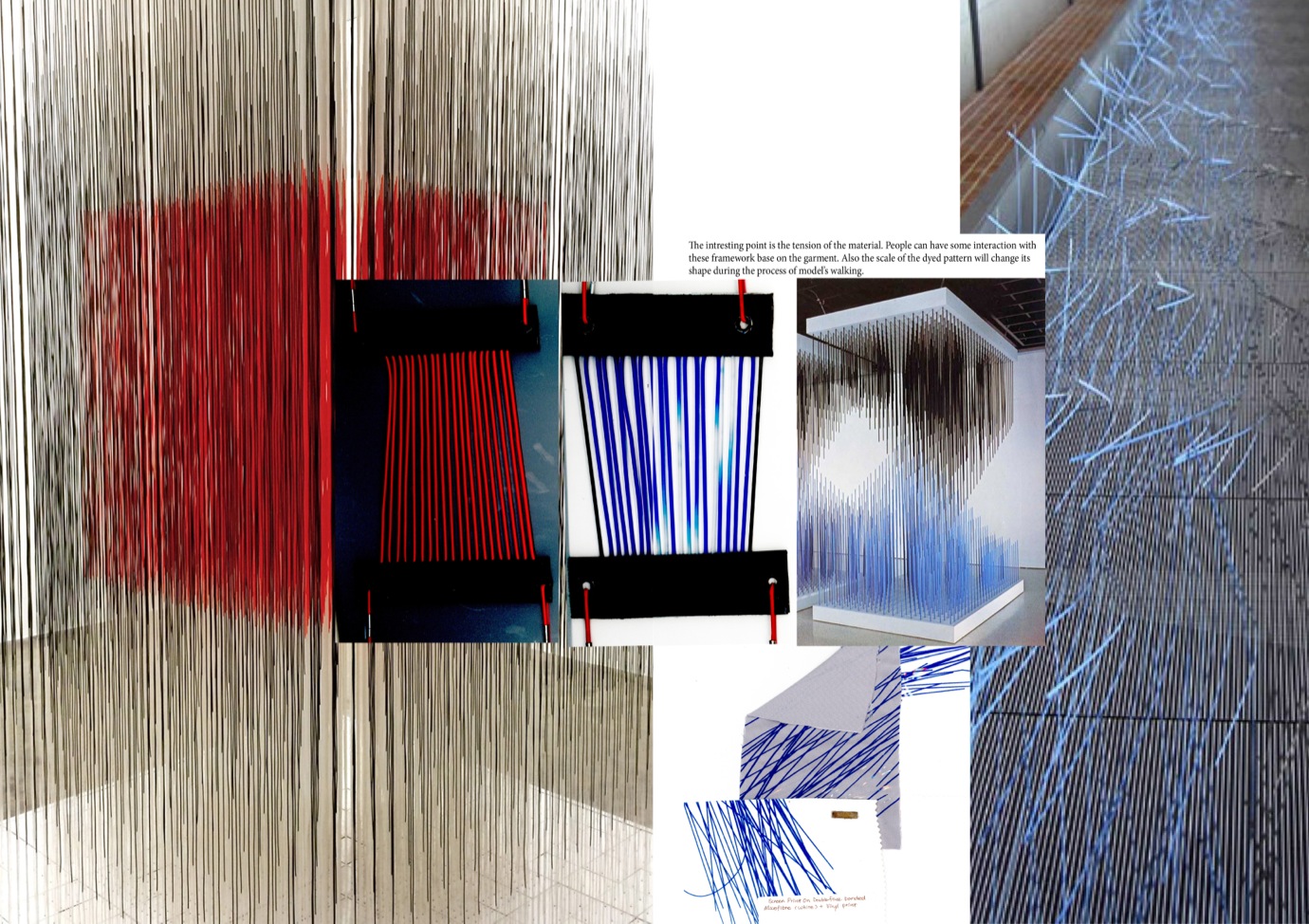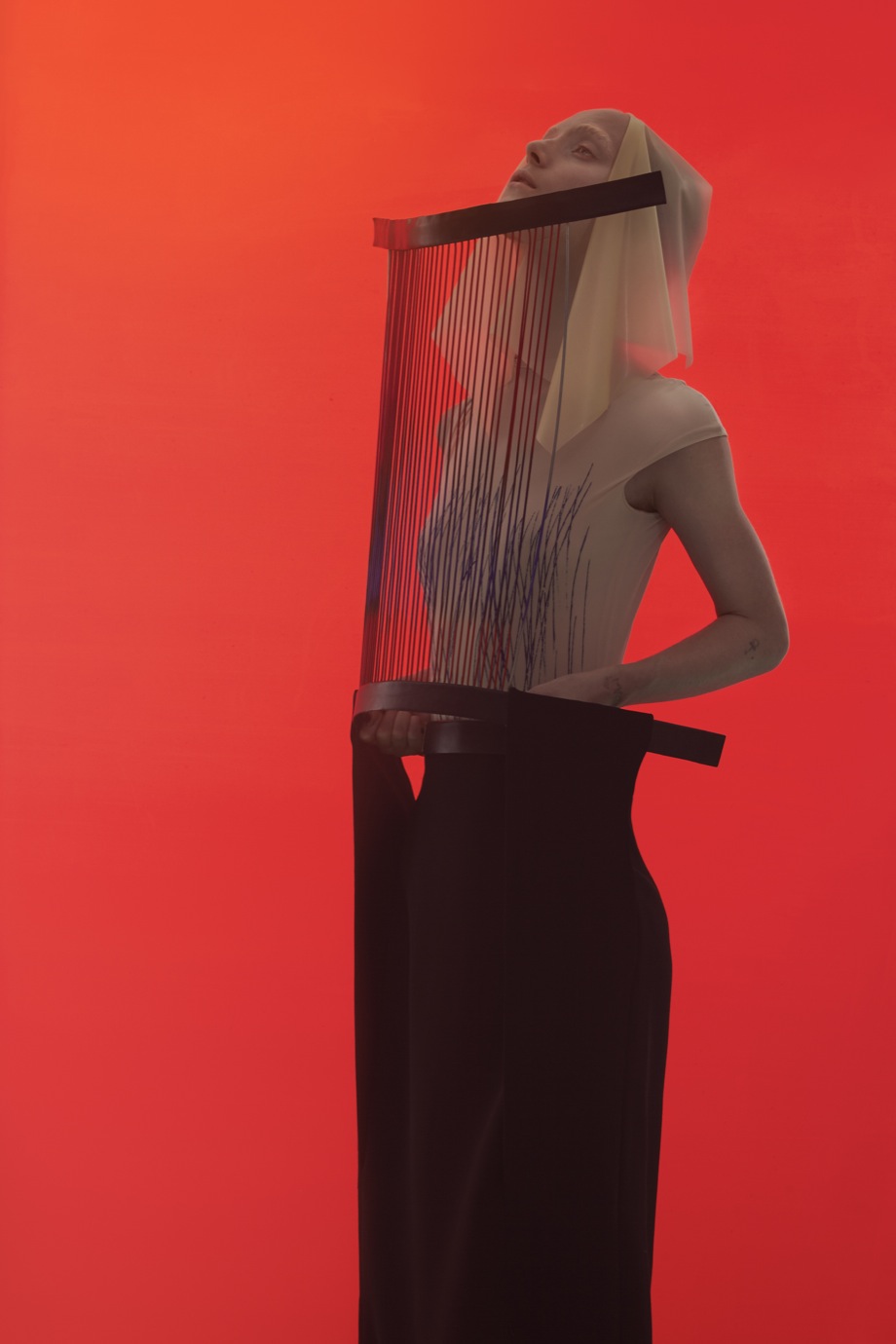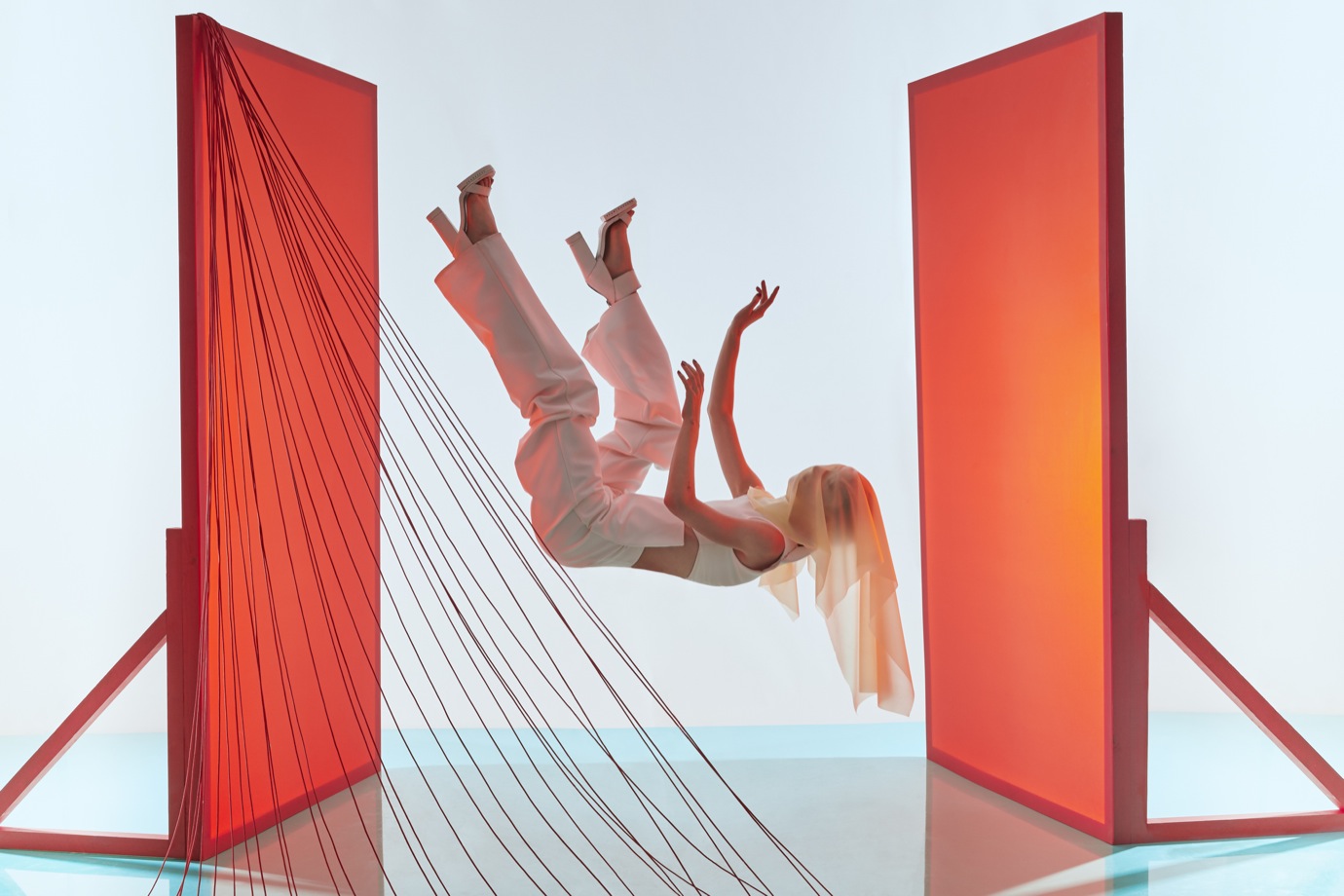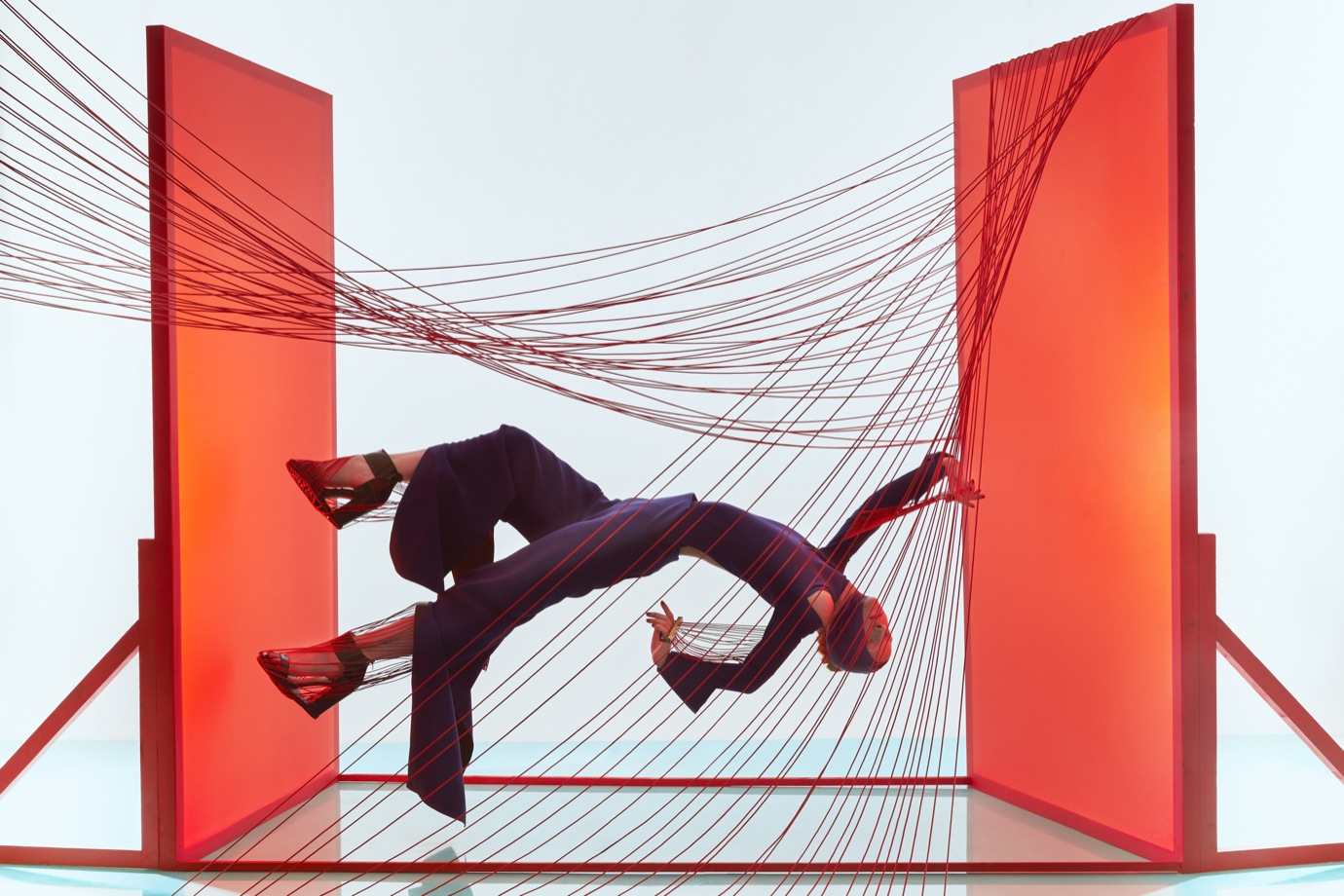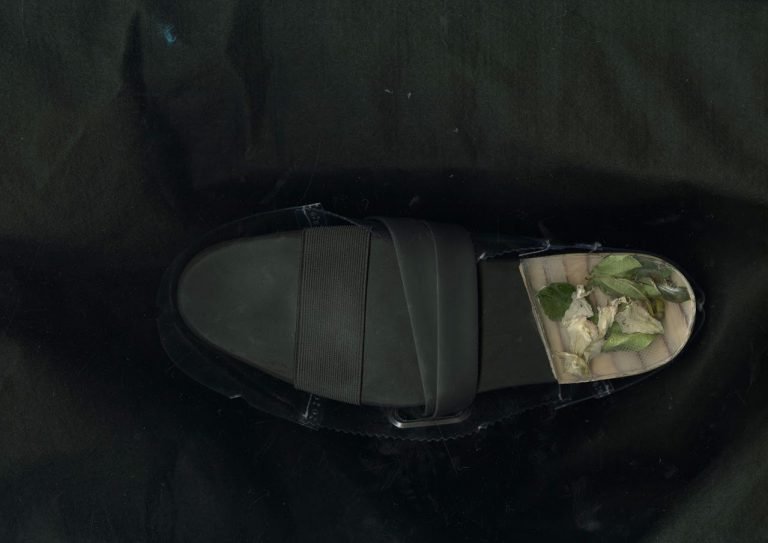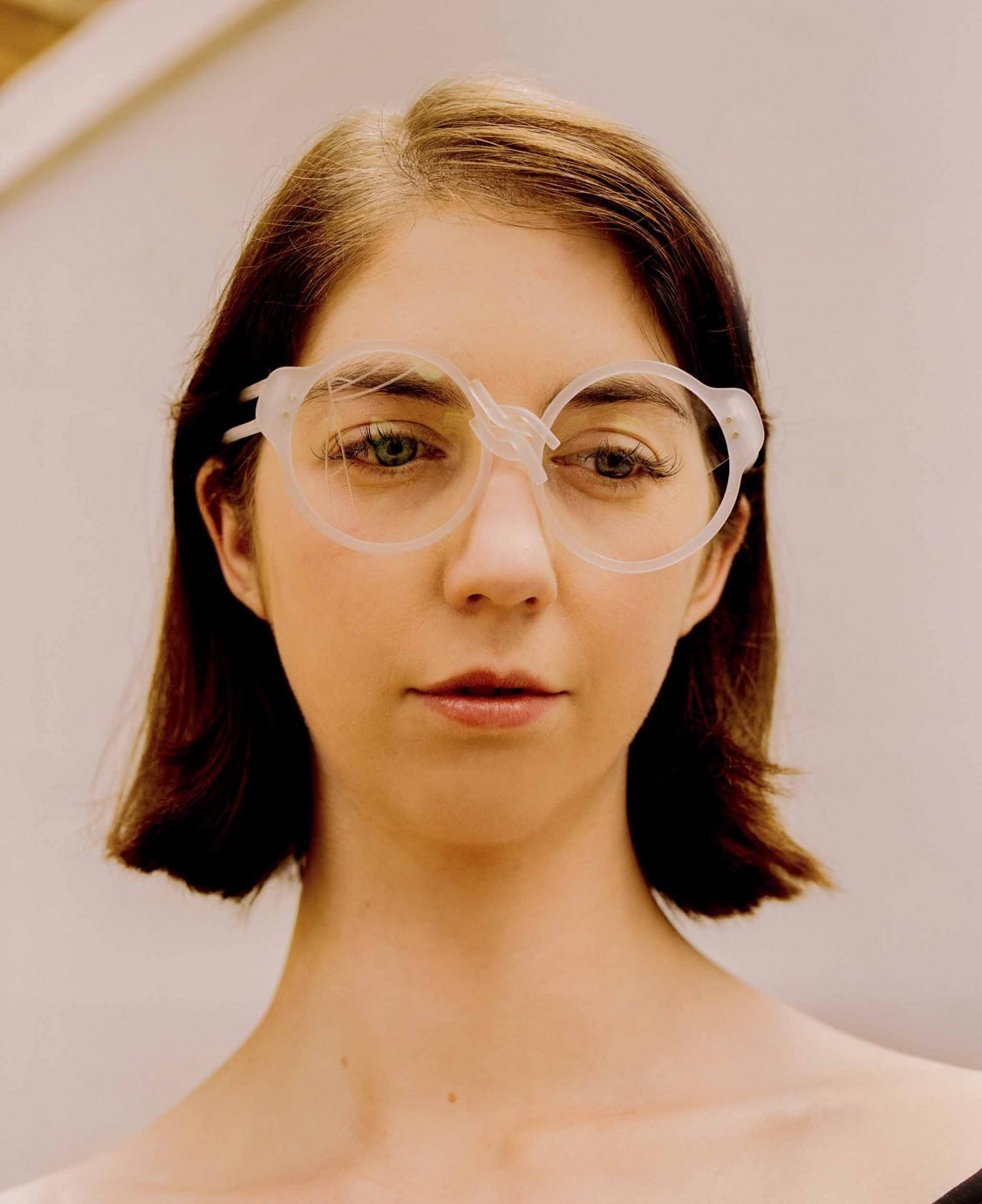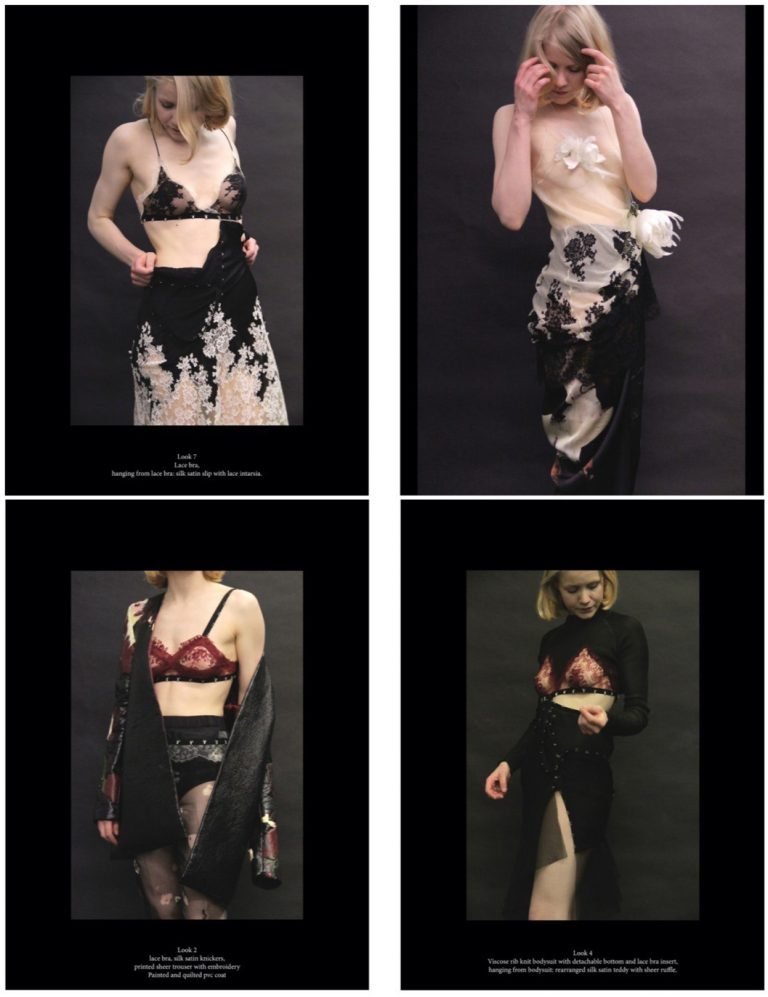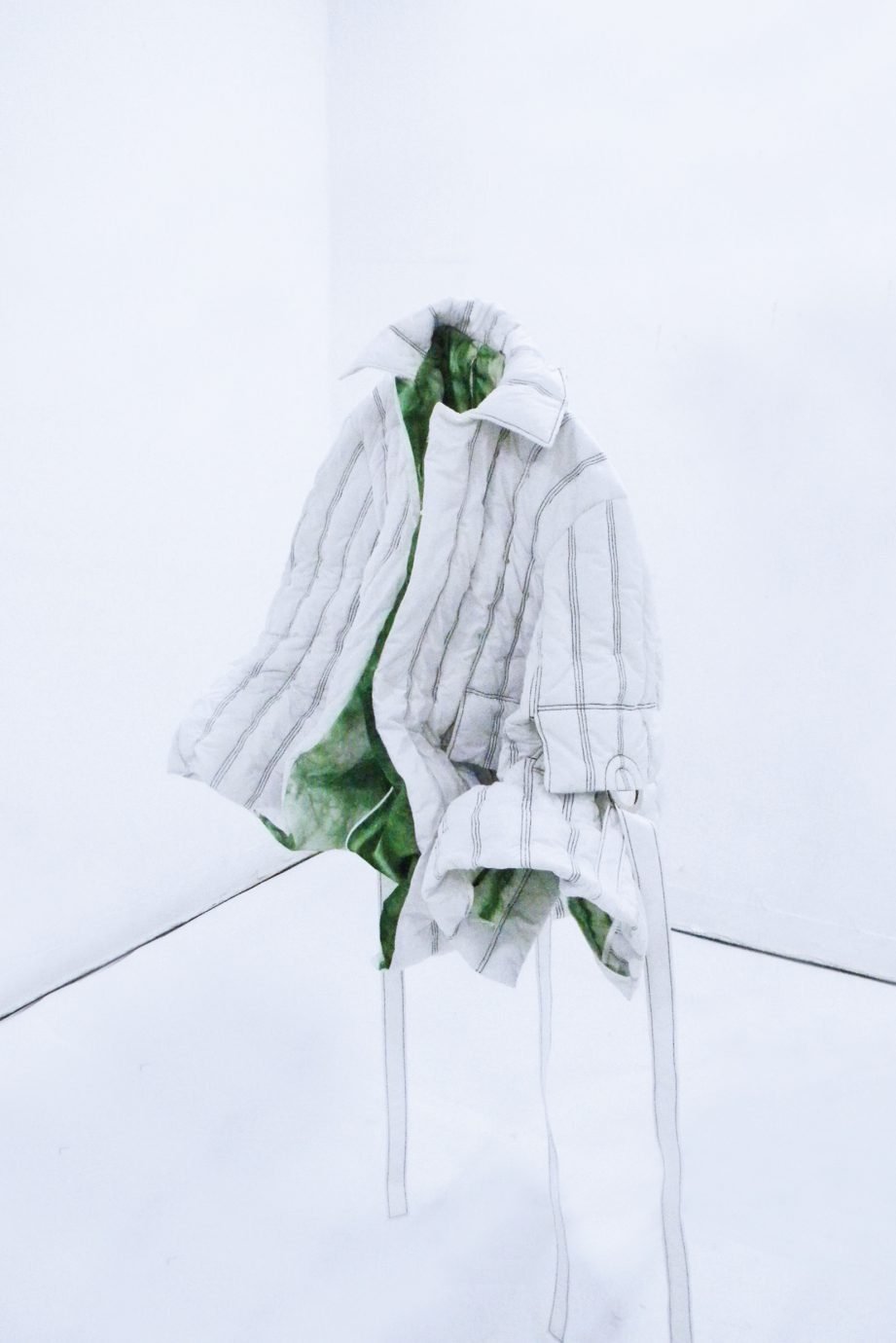“GOOD DESIGN IS NOT JUST ABOUT AN AMAZING CONCEPT AND AN EXAGGERATED OUTCOME; YOU ALWAYS NEED TO CONSIDER THE DETAILS AND FINISHING OF THE GARMENT.”
Educated in three different world-renowned institutions, Qiuyu Yu’s practice speaks a language that is technically impeccable and conceptually wide-spanning. She was born in Chongqing in the Southwest of China, famous for its spicy food and hot weather, and it was here that she enrolled at the renowned local Sichuan Fine Art Institute, where she learned basic skills like pattern cutting, illustration and relevant software. However, she also quickly realised her disagreement with tutors and students on what defines fashion and how it’s done. “I started to question whether there was a different way of doing design than at my institute,” she explains over e-mail. Pondering the question ‘what is fashion?’, Qiuyu moved to London to get a better sense of how she might move beyond just ‘making clothes’.
Qiuyu was admitted to the renowned one-year Graduate Diploma in Fashion at Central Saint Martins, a course that, directed by David Kappo, matures BA graduates and grooms them for potential MA degrees in fashion. Here, she began exploring a variety of technical methods and concepts reaching far beyond the idioms of fashion, but was also overwhelmed by the fierce atmosphere of competition at the college. “The beginning of CSM was difficult for me, because I didn’t know the meaning of research and how to develop concepts into final pieces,” she says. “I felt a big loss in my first project when I saw other people’s perfect presentations.” However, her tutor Kappo encouraged Qiuyu to go out and absorb the city: “he kept emphasizing, ‘London is a fantastic city and full of various kinds of arts. Just go out, talk and learn something.’” Qiuyu took his advice and began communicating with different people in and outside of her field. “I tried to absorb all this information from these experiences and started to build up my personal fashion aesthetics and approach.” Qiuyu expanded her view and properly realised her own definition of fashion: “I regard fashion design as a medium to present certain concepts and aesthetics – I would like to build the world on the body without thinking too much of whether it’s wearable,” she says. Kappo quickly identified Qiuyu’s interest in high technology and futuristic design, and encouraged her to apply to the MA course at the Royal College of Art.

